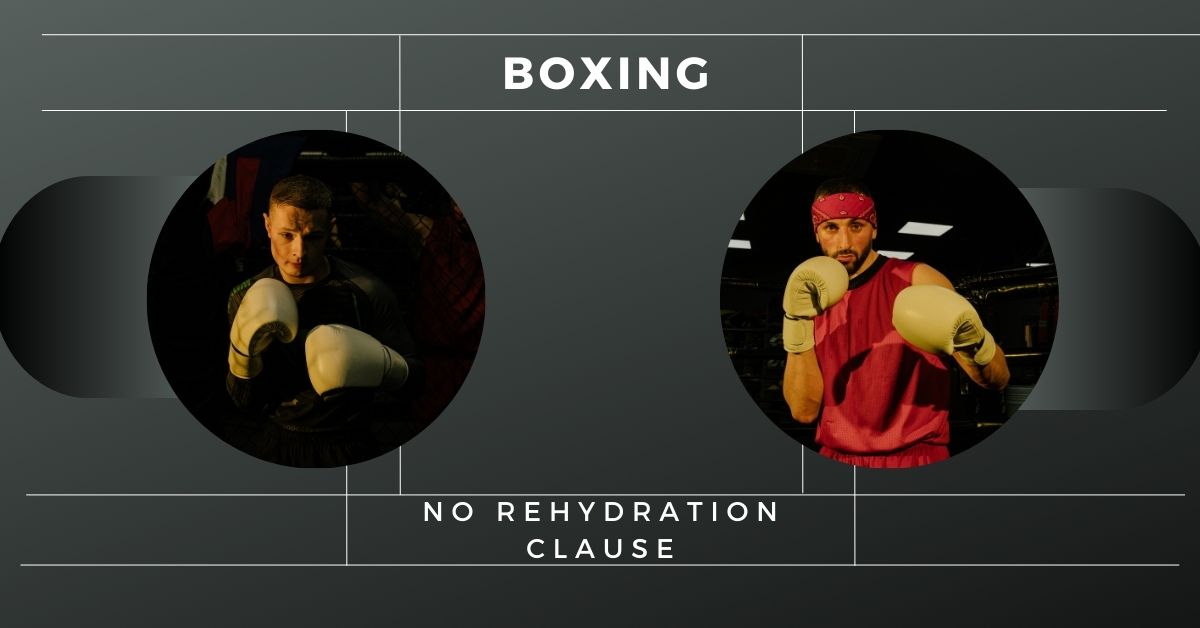Ever been perplexed by the intricate rules of boxing? There’s one regulation that often stirs intrigue and debate – the ‘no rehydration clause.’ This enigmatic rule has a major influence on how the game unfolds, altering the dynamics of the match and the strategies of the fighters.
If you’ve ever wondered about the forces at play behind each thrilling bout, understanding the no-rehydration clause can give you a whole new perspective on the sport. Let’s delve deeper into the controversy surrounding this rule, unravel its implications, and uncover how it shapes the world of boxing as we know it.
What Exactly is a ‘No Rehydration Clause’?
A no-rehydration clause is a provision added to the contract of a boxing match, limiting the amount of weight a fighter can regain after the official weigh-in. Fighters usually drop weight before the weigh-in to qualify for a specific weight category, only to rehydrate and regain some of it before the actual fight. A no-rehydration clause prevents them from recovering an unlimited amount of weight.
Why is the No Rehydration Clause Implemented?
The main reason for implementing a no rehydration clause is to ensure a fair and balanced match. It prevents a fighter from gaining a significant weight advantage over their opponent after the weigh-in. This maintains the integrity of weight classes and promotes a more equal playing field.
The Controversy Surrounding the No Rehydration Clause: Is it Fair?
Despite its intention to promote fairness, the no rehydration clause is not without controversy. Critics argue that it may put fighters’ health at risk as they might not fully recover from the weight cut. This can lead to underperformance or, worse, severe health issues. Others believe it goes against the competitive nature of the sport, arguing that if a fighter can skillfully manage their weight to gain an advantage, it should be considered part of the strategy.
The Impact of the No Rehydration Clause on Boxing Matches
The no rehydration clause can drastically affect the dynamics of a boxing match. This clause can be a game-changer for fighters who rely on weight advantage. It may force them to revise their strategies, focusing more on skill, agility, and endurance, rather than relying on sheer weight and power.
You May Also Like the following:
- Who is Ryan Garcia? Everything About Rising Star of Boxing With a Successful Career
- What is Conor McGregor Net Worth?
The Future of the No Rehydration Clause
Given the mixed responses to the no rehydration clause, its future in boxing is uncertain. On one hand, it promotes fairness and respects the essence of weight categories. On the other hand, it may compromise the health and performance of fighters, drawing concerns from athletes and trainers alike.
Conclusion: Weighing the Pros and Cons
The no rehydration clause is a complex component of boxing contracts that sparks debates and raises many questions. While it aims to ensure fairness in matches, it also poses potential risks to fighters’ health and performance. As discussions around this clause continue, it’s crucial for the boxing community to strike a balance between competitive fairness and the well-being of the athletes.
